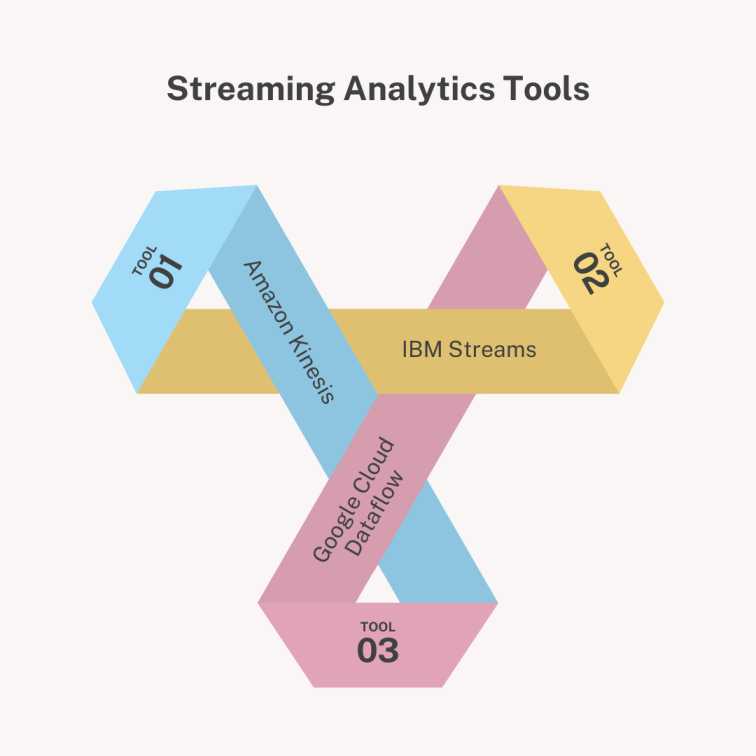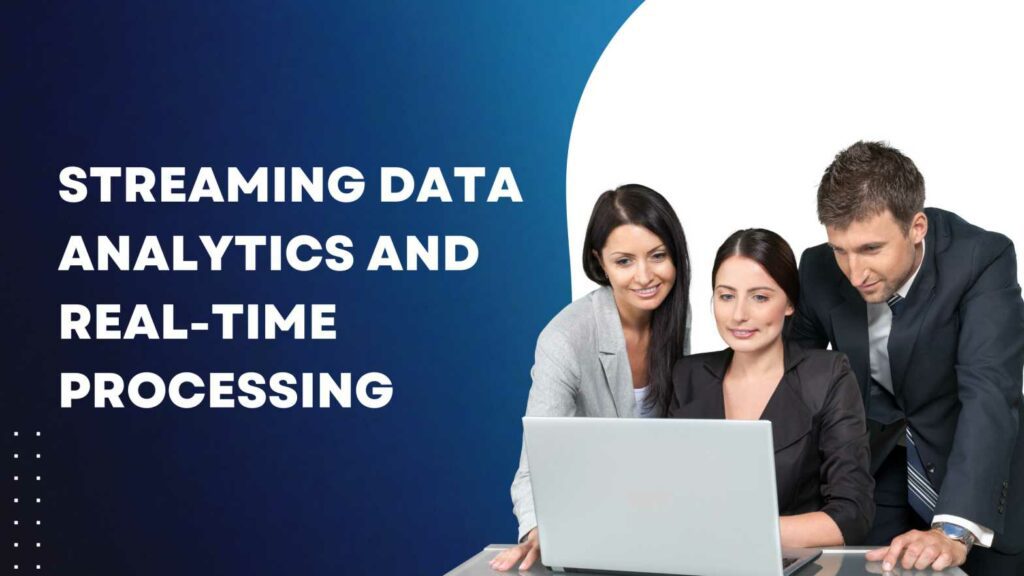When Netflix arrived, it was the first sign of doom for DVDs. Customers could watch movies from their homes without the need to travel to a DVD store and rent or buy a movie. It was cheaper than DVDs because it gave consumers access to multiple movies.
The above example of streaming analytics shows its competitive advantage over traditional systems. This blog extensively explores data streaming and analytics. If you wish to have a career in data science, a sound knowledge of data analytics is a must.
What is Streaming Data Analytics?
Data that is in a constant flow of movement is called streaming data. Any action you perform, like a transaction or watching a web series, forms an event. Monitoring of the said events comes under streaming analytics.
Streaming data analytics can assist you in making decisions. You can find out which products the consumers are buying and use this to market similar products. Data streams are called event streams, whereas streaming analytics is termed event stream processing.
Why is Real-Time Processing Important?
Streaming data analytics involves real-time processing. The continuous flow of data must be processed in real-time so that users can take action. This digital data comes from many sources, such as smartphones, IoT (Internet of Things), online transactions, social media feeds, cloud applications, emails, and wearables.
Businesses must analyse vast volumes of data to keep a competitive edge. Failure to process data in real-time might delay further action. Real-time processing helps a company to mitigate risks as soon as they encounter them.
Benefits of Streaming Analytics
Some of the many advantages of streaming analytics are mentioned below:
Business Insights
Any abnormal business event will show up on the dashboard. Flagging of the specific event is essential to detect threats automatically. This strategy can also be applied to a company’s cybersecurity to track any abnormality for immediate investigation and subsequent resolution.
Cutting losses
Streaming analytics helps mitigate and even prevent losses pertaining to social media crises, security breaches, stock exchange breakdowns, production problems, and customer churning.
Data visualisation
Companies can monitor streaming data in real-time to find KPIs (Key Performance Indicators). They can find out minute-to-minute updates of the organisation by daily data monitoring. You can monitor data such as a system's health, financial transactions, and field assets such as vending machines.
Create opportunities
Streaming data analytics helps companies grow their customer base and cut costs. It helps gain the trust of customers and retain loyal customers. This leads to the creation of product innovations, revenue streams, and updated business models.
Analyse routine operations
Streaming analytics helps a company gain instant insight into routine operations. Businesses can find out which products the customers prefer, how many customers use your website, which transport costs you the most fuel, and even detect what machinery is likely to stop working in a week.
Discover competition
Companies are always looking to gain a competitive advantage over others. Streaming analytics helps them set benchmarks quickly and discover the latest market trends. This proves helpful against competitors who might still be using time-consuming batch analytics.
Uses of Streaming Analytics
Streaming analytics has uses in several cases with continuous data flow. Some everyday use cases of streaming data are:
- Fraud detection
- Troubleshooting systems
- Customer activity
- Location data
- Artificial Intelligence and Machine Learning
- Warehouse inventory management
- Marketing and sale
- Security Information and Event Management (SIEM)
- Monitoring internal IT systems
- Stock market analysis
- Rideshare applications
Streaming Analytics Tools

Among the vast number of streaming analytics tools available, below is a list of some of the most used ones.
1. Amazon Kinesis
This platform allows you to collect streaming data and process it in real-time. Kinesis lets you ingest audio, video, website clicks, and application logs data and analyse them. Amazon Kinesis consists of Kinesis Data Streams, Kinesis Data Analysis, Kinesis Video Streams, and Kinesis Firehose. It is flexible, allowing you to use tools as per your requirements.
2. IBM Streams
In IBM Streams platforms, you can use various streaming data such as audio, video, sensor, and geospatial. You can analyse chunks of data in real-time. Data scientists can build models where they can apply stream flows. Rich data connections, data visualisation, and development support are some of the features of IBM Streams.
3. Google Cloud Dataflow
This popular platform offers serverless architecture for streaming data. You can use Google Cloud Dataflow for full management service and automated streaming resource provision. Maximising resource utilisation and autoscaling of worker data are some features of Dataflow. Other features include dynamic work rebalancing, flexible pricing, and ready-to-use artificial intelligence patterns.
Conclusion
Streaming data analytics is the way forward. As batch processing is slowly taking a backseat compared to real-time processing, data scientists must adapt to the changes.
Consider enrolling in Imarticus Learning’s Postgraduate Programme in Data Science and Analytics to gain the first steps toward a career in data science. This data science course allows students to participate in national-level coding hackathons, boosting their resumes and helping them stand out in the competition. Data science training is crucial for becoming a data scientist or data analyst.
Visit Imarticus Learning for more information.








